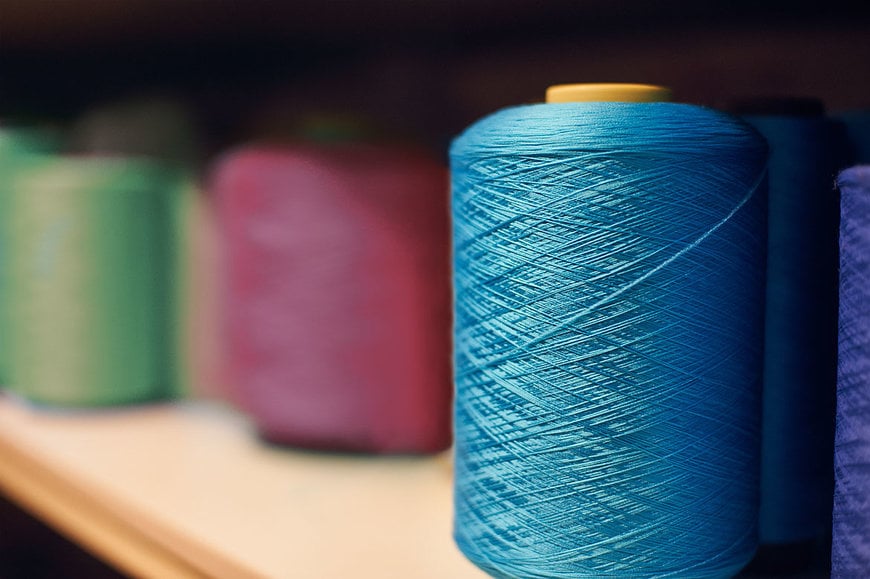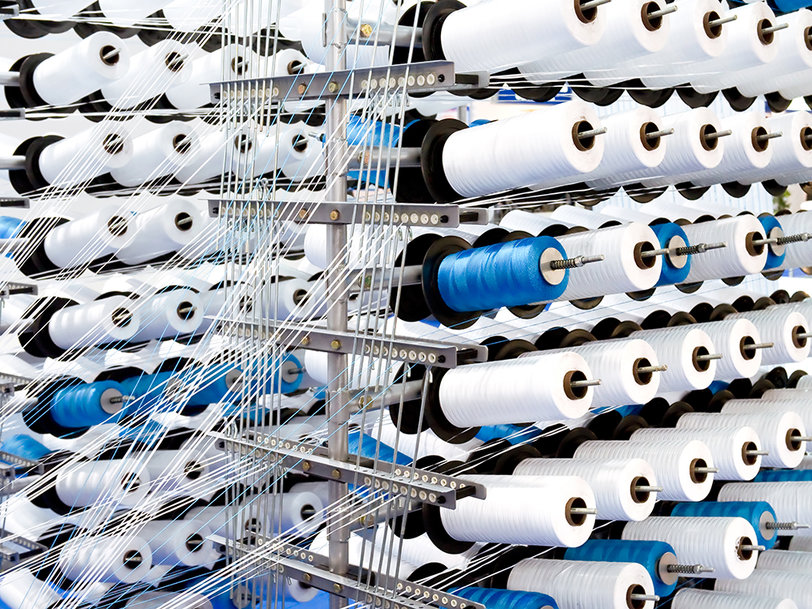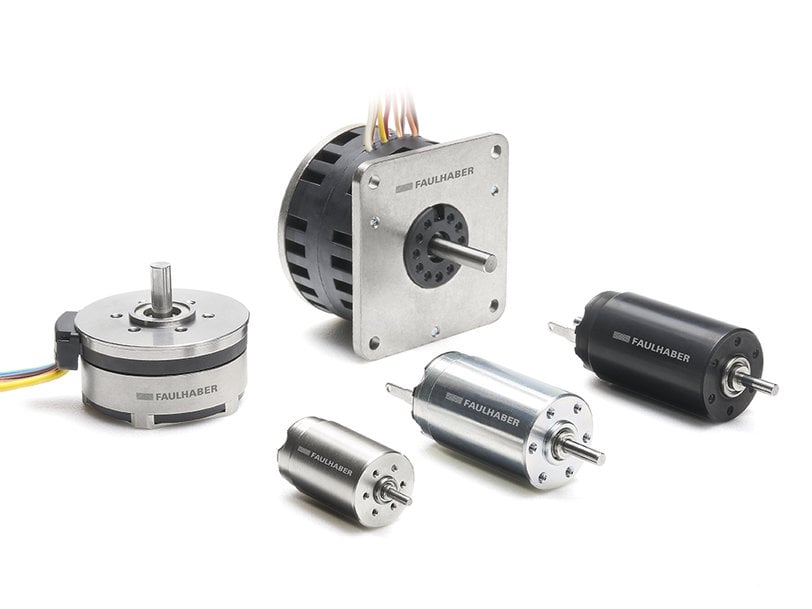www.industry-asia-pacific.com
05
'19
Written on Modified on
HIGHTECH IN THE STARRING ROLE
The value of clothing sold worldwide in 2017 exceeded 1.4 trillion dollars. Can you imagine the amount of yarn contained in this mountain of clothing? Neither can we – but it must have been millions of miles. All of this yarn was wound and unwound multiple times during processing. This is just one process step in the textile industry in which the compact and long-lasting drives from FAULHABER prove themselves daily.

Machine tradition
The industrial revolution did not begin with the steam engine, as many believe. This was first used only to drain coal mines. It was not until the steam power was used for the mechanical weaving loom that the first mechanical production process was created, thereby marking the start of modern mass production. Textile machines thus benefit from a tradition than spans more than two hundred years. During this time, they have developed into enormously complex and often extremely large machines that supply the fabric for the seemingly endless selection of clothing from which we today select our outfits online and in chain stores. The dimension of the machines forms a striking contrast to the delicatematerial that they process: feather-light fibres that are first spun to yarn, sometimes as thin as a hair. This is used to weave textiles – from the Latin textilis = to weave – by the square mile. Countless rolls of yarn are consumed during the process.
Preliminary product on rolls
The rolls must, of course, first be wound. This is performed in a spinning mill, where the yarn is created from the raw fibres. There, this preliminary product is wound onto large reels. But these are too large for the weaving machine, as many and often various reels of yarn are needed. The yarn is therefore usually rewound onto a smaller reel. Already during yarn production, individual fibres are often twisted together to form a twisted yarn to give it added volume and stability. The yarn is unwound and rewound during nearly every process step prior to its final processing. This also contributes to a higher quality of the intermediate results. Anyone who has sewed on a button or repaired a seam is familiar with the regular squares that the thread forms on a spool. The reels of yarn in the textile industry are similar only larger, but other winding patterns are possible as well. The mostly diamondshaped surface forms because the yarn is wound on the reel using a highly precise pattern, usually at an angle. It generally runs from one end to the other and back again. This ensures a uniform distribution of the thread and allows it to be unwound later without problem.
Rapid oscillation
Mechanical winding is performed extremely fast. During this process, the thread must be moved both constantly as well as very quickly between the two ends of the reel. There must be no delay when changing direction. This is a technical feat, as the guide eyelet moves back and forth about 400 times per minute, thereby processing some 1500 metres of yarn. There are also passive-mechanical guides, but the motorised yarn guide is far superior to this method. It is the standard in modern yarn winding machines. The motor that is responsible for the rapid oscillation must above all be able to handle the quick change of direction without delay while maintaining the same speed and work trouble free for as long as possible. Disc magnet motors, such as the DM52, have proven to be an ideal solution for this task. The rotor of this drive consists of a thin rare-earth magnet disc, which was magnetised with 25 pole pairs. This disc runs between two stators with the correspondingly arranged windings. Because it is extremely light, the rotor inertia is very close to the attainable minimum. This allows the motor to change direction in about five milliseconds at full speed, thereby making the lightning fast back-and-forth movement possible during yarn guiding.

Motorised little finger
Also used for yarn infeed is the so-called feeder, through which the thread runs into a knitting machine. It is not responsible for the uniform winding, however, but rather the constant tension of the yarn. In the mechanical knitting mill, the feeder performs the function of the left little finger when knitting by hand. It is attached a short distance in front of the knitting systems of the knitting machine. A small amount of yarn is wound on its roller, which serves as the buffer. Its mechanics respond to fluctuations in the yarn tension and compensate for them by various motorised movements. Movements do not need to be performed here as fast as with the yarn winding. Important instead is the rapid reaction of the drive and the fine dosing of the motor power. The available space is, however, also very limited and, of course, the motors must not determine the maintenance cycles – like all machines, longevity has top priority here as well. Depending on the user, various motors from FAULHABER are used for this task, such as the DC motors with graphite commutation.

Knitting technology
Incidentally, modern knitting machines do more than knit just socks and sweaters, they are also used to produce technical fabrics. The new 3D knitting technology can even be used to create three-dimensional structures. It is used to produce, e.g., technical components from fine metal wires or ceramic fibres. Critical here is the proper thread tension, as it is a determining factor in the dimensions and quality of the products. This manufacturing technology can also be used for rapid prototyping. It uses the material very sparingly with as much yarn as actually required. Different from most other prototyping methods, there are no cuttings or other material waste. How this fits with the overall topic is unclear. There are numerous other applications in the various processes performed in the textile industry in which the high-quality micromotors are used. These include, e.g., machines for sewing on buttons as well as material testing devices for examining the quality of yarns. FAULHABER's extensive range of products offers an optimum drive solution for all of these applications.
www.faulhaber.com/m/yarn-winding-machine/en

